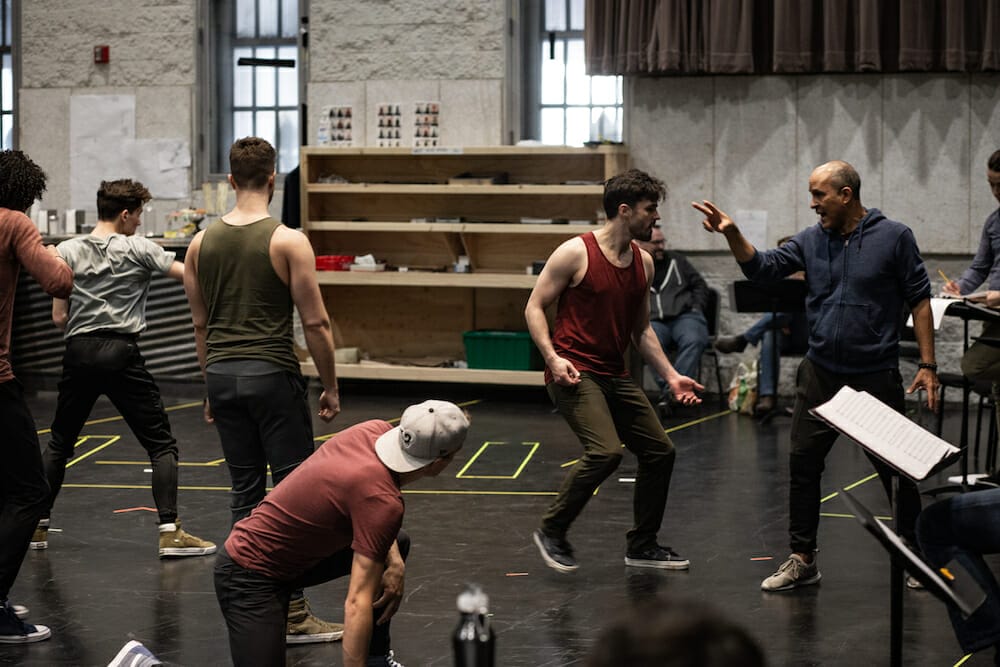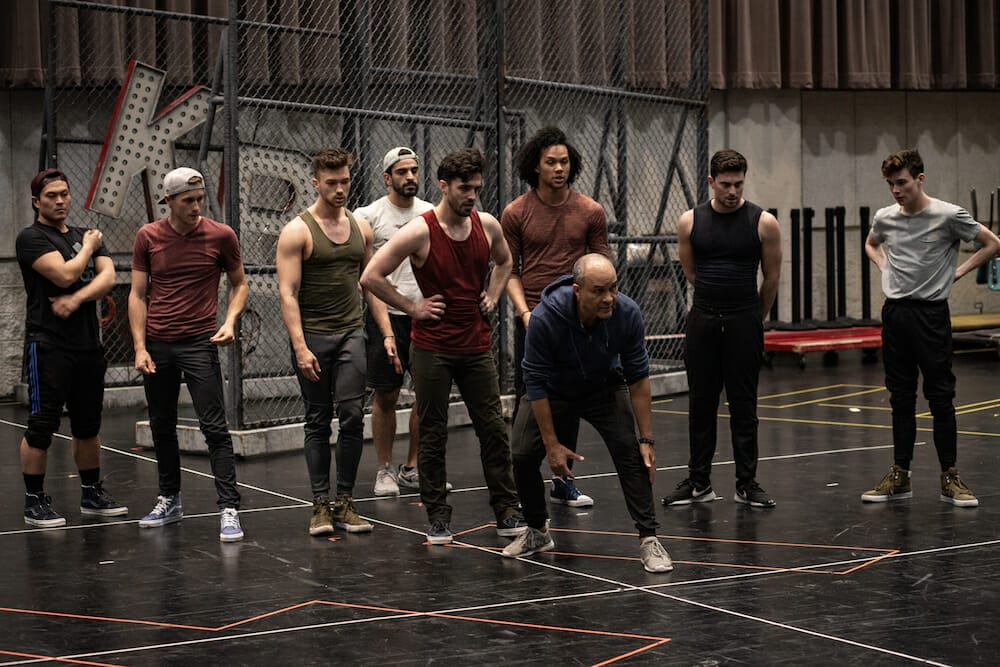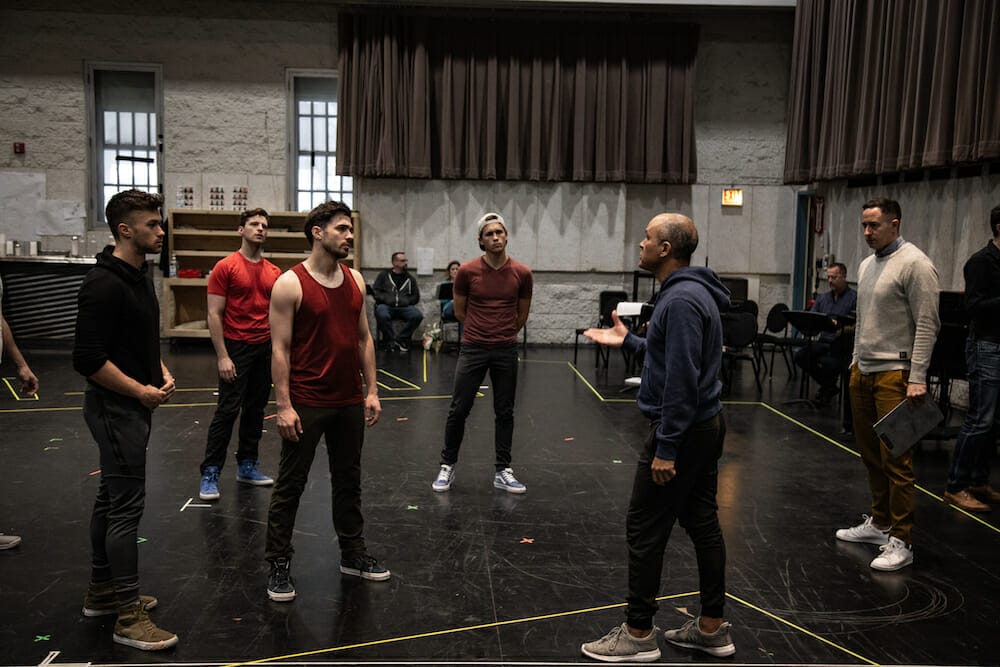Julio Monge, the choreographer for the Lyric Opera’s much anticipated production of West Side Story, traces his dance pedigree back to the original choreographer, Jerome Robbins, who worked with Leonard Bernstein to first bring this musical to life. Monge was only 21 years old and a relatively recent arrival from his native Puerto Rico when he landed a spot in Jerome Robbins Broadway.
Fresh from helping to stage West Side Story in Australia, Julio Monge (JM) shares a few insights with Picture This Post (PTP) about the challenges –and significance- of bringing this dance-intensive musical to Chicago audiences.
(PTP) Please tell our readers about your previous work with Jerome Robbins and West Side Story in specific?
Jerome Robbins worked incessantly. All that good work came out of the laborious and meticulous process he put himself through, and everyone else in the room as well, every single day.
I’m not going to compare myself with Robbins, ever, but I do find myself pacing the room the way he used to as I stage this piece. He noticed everything that happened in the room and it was fascinating to watch him follow the work. He had an eagle eye. But it makes sense. His pieces are quite complex and force you to look, to really see what’s going on. It’s all very artistic but also well structured. And like he did, I also bring a lot of research to the rehearsal room. It’s all treated like a play. It just happens to have a lot of movement in it, as well as great music.
What are the main areas you focus on as you adapt the choreography for this specific Lyric production? Does it differ from your adaptation for the Sydney Opera House?
In terms of choreography, you don’t want to use anything but Robbins’ steps. They match the story and the music perfectly and it is brilliant. I wouldn’t mess with it. The way the work gets displayed on different sets with different casts is part of the fun for me and my creative colleagues. The show was created for a proscenium theater so at times, for a new open space or with a complex set, we have to work out new moments and connections of scenes. It requires a lot of flexibility when you have to get everyone on the same page to make sure the impulse of the original design comes through strongly, but also connect to a new set of artists and new audiences. It is a different experience every single time.
What opportunities does this Bernstein score present for a choreographer/dancer?
I believe the difference with West Side Story is the way all the elements work together. The connectivity; dance, music, lyrics, book. Most musicals you only remember the music but here everything has authority. All the elements melt together to form an unforgettable time in the theater. And because the material is so demanding it forces us to use a different type of actor. WSS raised the bar really high as to what constitutes a “triple threat” theater performer. A historic line was drawn the day Chita Rivera, Carole Lawrence and the rest of the original company stepped on stage at the Winter Garden in 1957. That is definitely a “before and after” moment in American and world class theater.
Editor’s Note: Stay tuned to these pages for a review of the Saturday May 4 opening performance.
When:
May 3 - June 2, 2019
Where:
Lyric Opera House
20 North Wacker
Chicago, IL
Ticket:
Full-priced tickets-- $59+
For full-price tickets or more information please visit the Lyric Opera website.
All photos courtesy of Lyric Opera-- photographer: Andrew Cioffi




